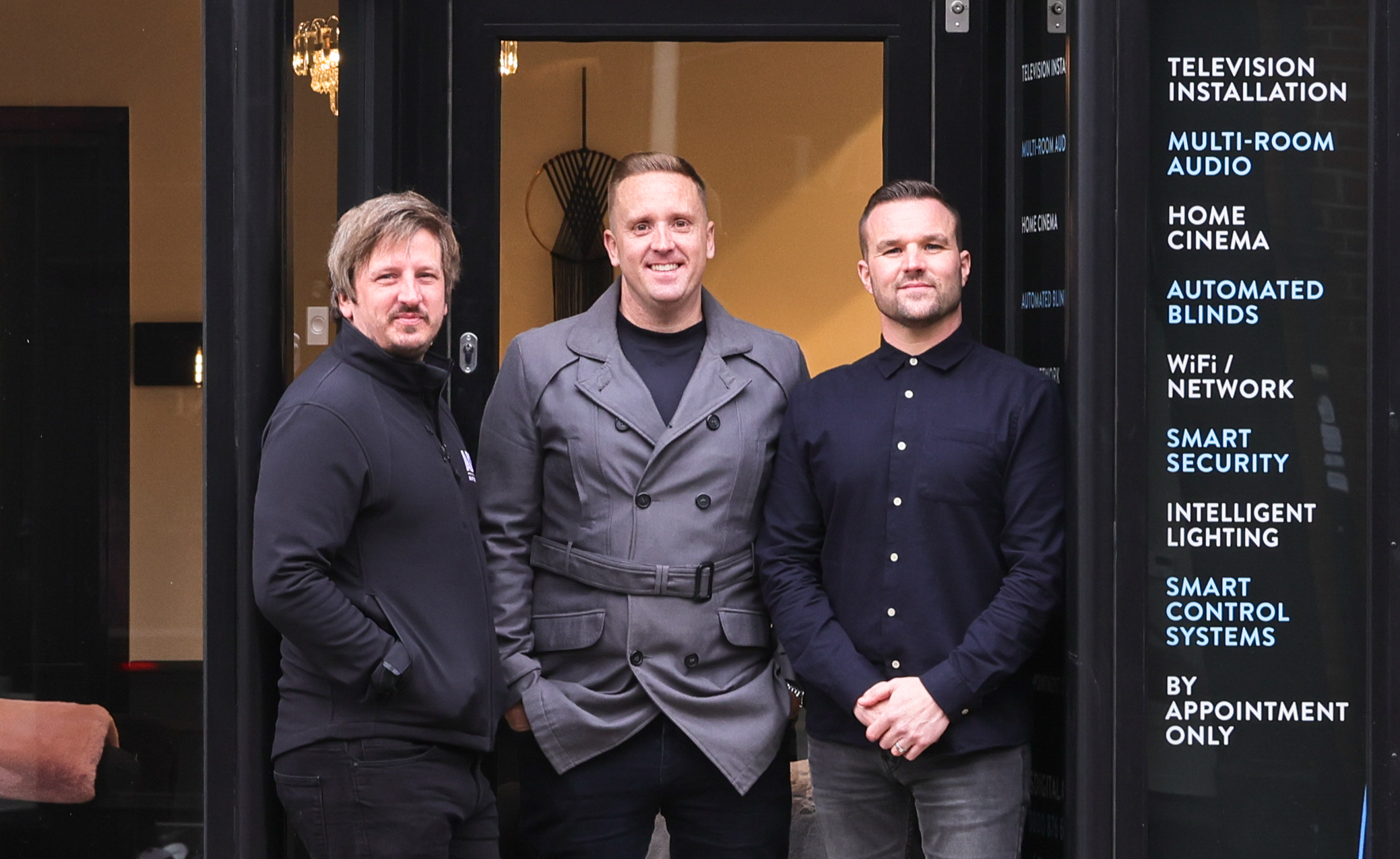Satellites are vulnerable to poor weather, particularly heavy rain, no matter how well installed they are. The UK averages 133 days of rain or snow a year and so, unfortunately, many of you will have experienced poor signal due to wet weather.
This is commonly referred to as ‘rain fade’ and can be extremely frustrating for customers who are seeing their subscription to a premium service regularly disrupted.
However, newer satellite dishes use materials that reduce rain fade and won’t require a solution (read more below) at all, so if you’ve recently installed a new satellite dish and are experiencing problems, it’s most likely something else.
Rain fade solutions
Specialist rain fade solutions like Kings Rain are used to prevent water from settling on the dish itself. By applying to your satellite, rain and snow will just roll off rather than settling and spreading. While these solutions do work and can last for up to a year depending on the environment, they are not always practical for people who can’t access their satellite. And those living in areas of the country that experience heavy rain regularly and are used to lots of snow may find regularly applying solutions a chore they could do without.
Satellite dish covers
Contrary to popular belief, rain doesn’t have to actually be in the dish in order to absorb signal; therefore, dish covers are not a sure-fire solution. Raindrops will scatter the signal, which can prevent it from reaching your satellite dish in the first place.
Dish covers can in theory significantly reduce rain fade during periods of light rain and, as they are available at most electronic stores for just a few pounds, they have long been popular. However, they are not something we would always recommend. The cheaper designs can actually hinder the signal your dish receives.
Install a larger satellite dish
If you live in an area that has regular snow and rain, increasing the size of your satellite dish maybe your best option. Fundamentally, a bigger dish will provide a larger surface area and more space to capture signal. While this is without a doubt the most expensive option, it’s a small price to pay for a quality television signal.
Dealing with satellite dishes can be hazardous, especially during bouts of bad weather.
Before you make any concrete decisions about which method to use, contact a professional. Many people mistake rain fade for poor dish alignment, and in most circumstances, a simple change of direction is all that’s required. Other problems that result in the same symptoms include loose cables, weathered cables, faulty Freeview boxes, and faulty splitters.
Nowadays most good quality satellite dishes use materials that will reduce rain fade and not require a solution at all, so if you’ve recently installed a new dish and are experiencing problems, it’s most likely something else.
If you’re having problems with your satellite dish and experiencing rain fade issues, then contact ADS Digital today, we are experts in satellite dish repairs and satellite installations.


